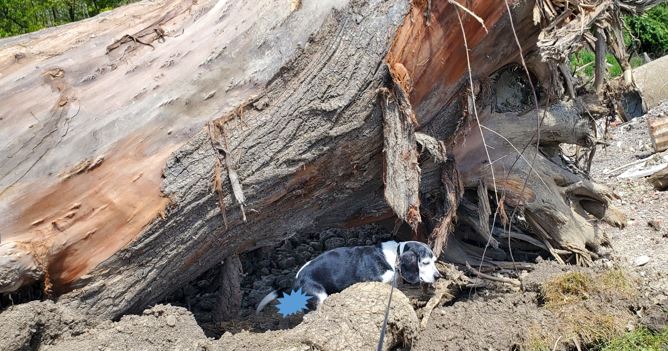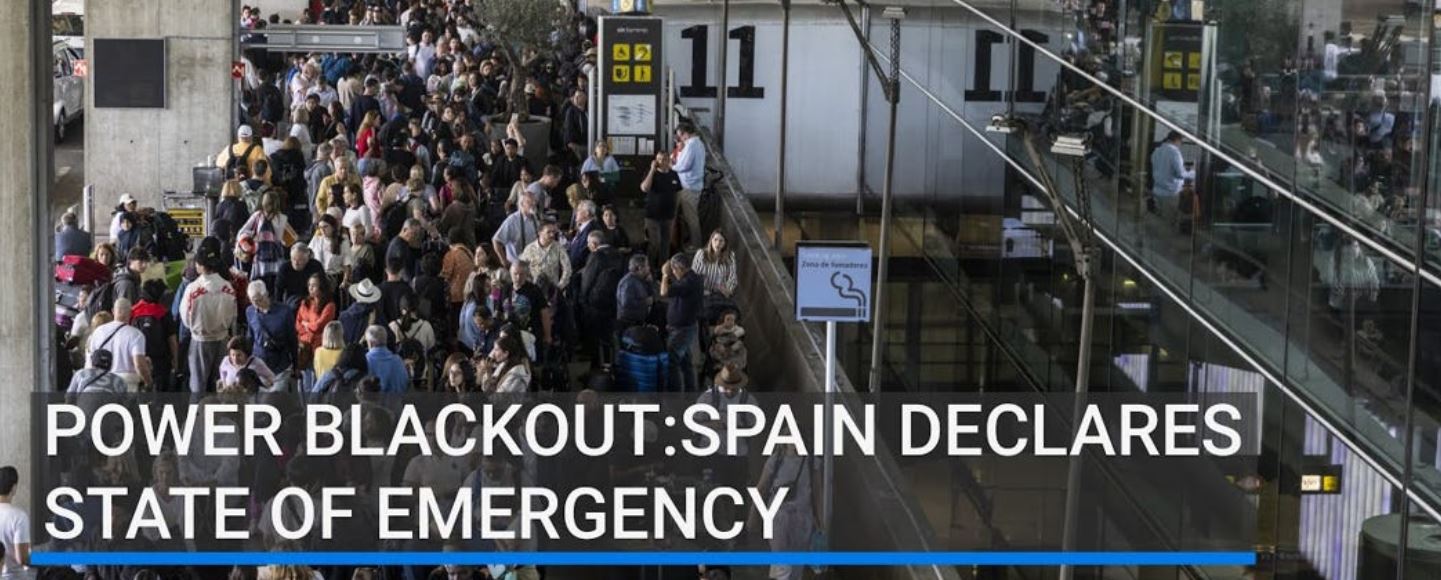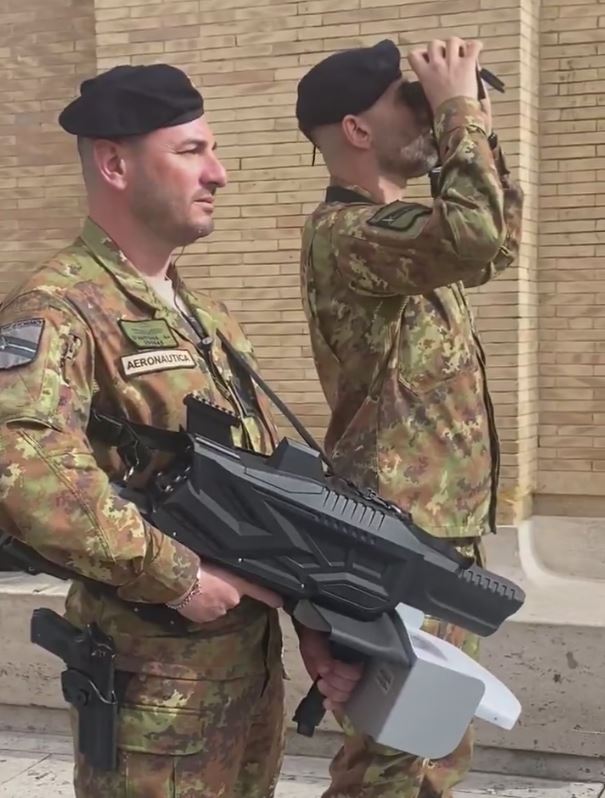
or inverted. Maybe it’s ironic, who knows?
The point is, the first time I took Sparky outside to do his dirty business, he pooped on a stump. Today, he got to shit under a stump. Sparky appreciates the strange twist.

or inverted. Maybe it’s ironic, who knows?
The point is, the first time I took Sparky outside to do his dirty business, he pooped on a stump. Today, he got to shit under a stump. Sparky appreciates the strange twist.

The life-or-death case for self-driving cars
The studies are in, and self-driving cars are a good idea. We should remain skeptical.

This article explains why a high percentage of power generated by wind and solar could have caused the power outage. In a separate post, I explained that Spaniards don’t worry about what could happen. That would explain the lack of backup power and the total disruption from the outage.
Spain and Portugal hit by unexplained power blackout.
The power is coming back on for parts of Spain and Portugal, more than 12 hours after the massive outage shut off traffic lights and caused chaos at airports, train stations and on the roads.
Both countries have declared states of emergency as authorities work to manage the situation.
It’s not clear why this is a big story in international news or why Spain and Portugal declared a state of emergency. This time of year, it’s pretty pleasant on the Iberian Peninsula, and much of the power was back on after 6 hours.

Eagles’ Saquon Barkley hangs out with Trump after teammate dodges question on White House visit
This is an interesting article, but no reports give the whole story. They all say the same thing. The Philadelphia Eagles won the Super Bowl, Barkley is the star running back, he spent time with Trump and his teammate is reluctant to accept an invitation to visit the White House.
I don’t give a shit about football, and wasn’t aware that the Eagles won the Super Bowl. How did a 28 year-old football player land a seat on Marine One with the president?

Star Ship Trooper spotted in Rome.
That is an Italian soldier holding an anti-drone weapon at the Pope’s funeral.

Nuclear Energy Support Near Record High in U.S.
Reliable and affordable energy is critical to prosperity. It can’t be done any other way. Energy is necessary to get anything done.

After working at Caterpillar for about a year, I was settling into the job. The Cutlass was still running, but the job was starting to require a lot of travel. Joliet and Detroit were coming up, those were within driving distance, so I wanted to get a good highway car.

Gayle’s career and notoriety are based on her being Black and being a woman. Both of those attributes led her to befriend Oprah Winfrey, and that probably did more for her career than anything else. She is dumb, and doesn’t know it.
Gayle’s show, CBS Mornings, averages a million viewers. There are 41,000 Youtube channels with over a million subscribers, with videos getting two or three times that many views. Gayle isn’t special.
The Blue Origin all-women flight was a trivial exercise that I addressed in a post about a month ago. Now that the flight is over, the behavior of some of the participants is shockingly offensive.
© 2025 Big Stick Physics
Theme by Anders Noren — Up ↑